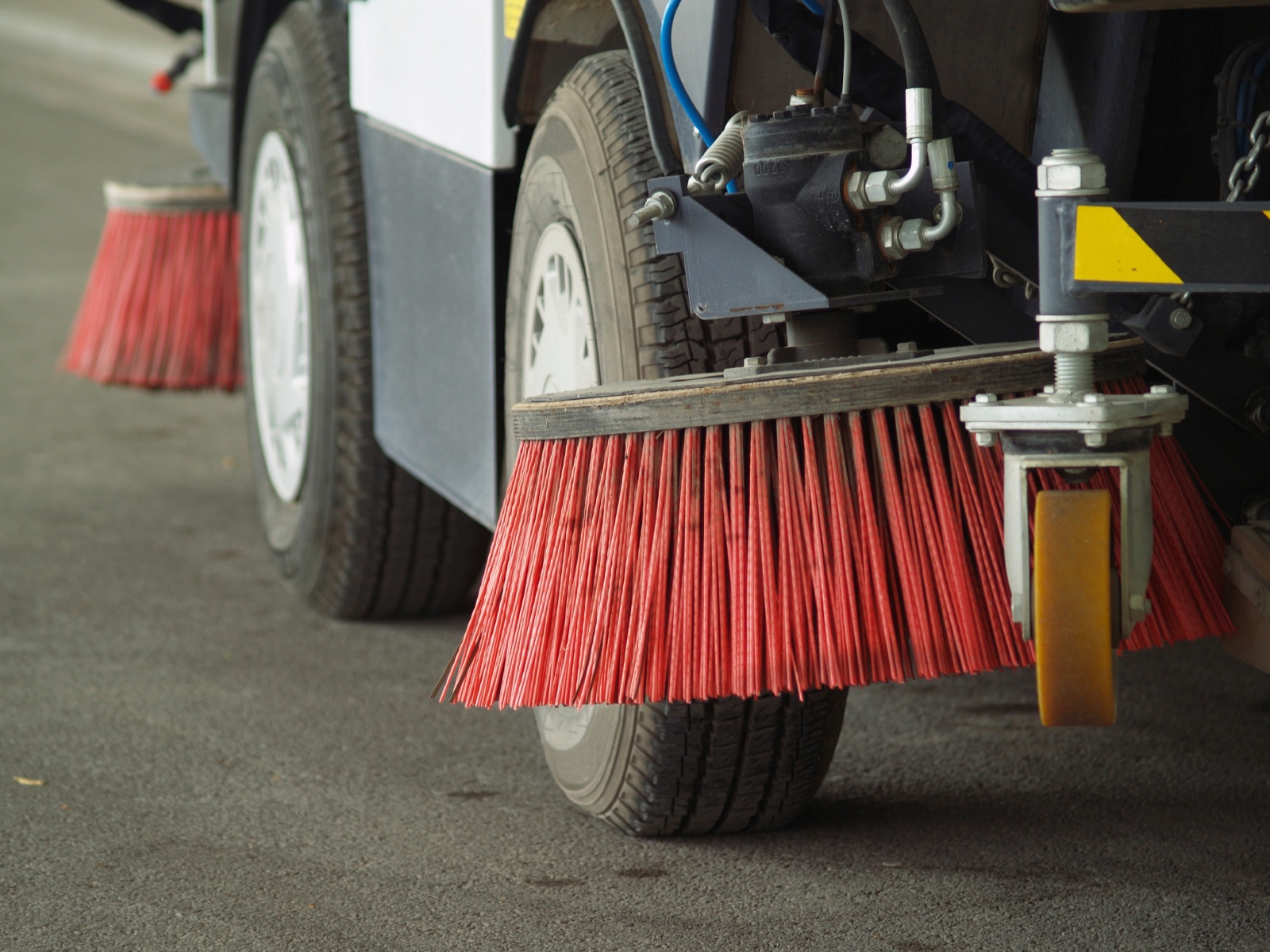street sweeper hire cumbria are particular vehicles created to clean streets and highways. There are many types of road sweepers, each suited regarding different environments and even cleaning requirements:
Physical Broom Sweepers:
These sweepers use spinning brooms (often built of steel or perhaps nylon) to sweep debris and dust into a conveyor system, which in that case deposits it directly into a storage hopper.
Effective for washing larger debris just like stones, cans, and even construction debris.
Regenerative Air Sweepers:
Regenerative air sweepers use a powerful air blast to dislodge debris from the path surface and directly into a hopper.
They can be efficient at getting finer particles just like dust and fine sand, and are frequently used in urban areas and construction sites.
Vacuum Sweepers:
Vacuum sweepers use suction to acquire debris and retail outlet it in the hopper.
They are effective for cleaning city streets, parking lots, and even areas where sound and dust control are important.
Waterless/Dry Sweepers:
These sweepers employ mechanical or machine methods without employing water for dust particles suppression.
street sweeper hire cumbria can be appropriate for dry climates or areas where water conservation is a concern.
Lightweight Sweepers:
Compact sweepers are smaller and even more maneuverable, suited to narrow streets, sidewalks, and areas using restricted access.
Towed Sweepers:
These are sweepers that are usually towed behind one more vehicle, such as a pickup truck or tractor, and even are often used jointly with other road maintenance operations.
Permanent magnet Sweepers:
Magnetic sweepers use magnets in order to pick up metal debris from highways, such as fingernails or toenails and metal scraps.
Scrubber Dryers:

These are specialized sweepers that combine sweeping and scrubbing functions, often used with regard to cleaning indoor and even outdoor areas in which wet cleaning is usually required.
Get more info of sweeper depends on aspects such as typically the type of particles, the size associated with the area to become cleaned, environmental conditions, and specific cleanup requirements.
